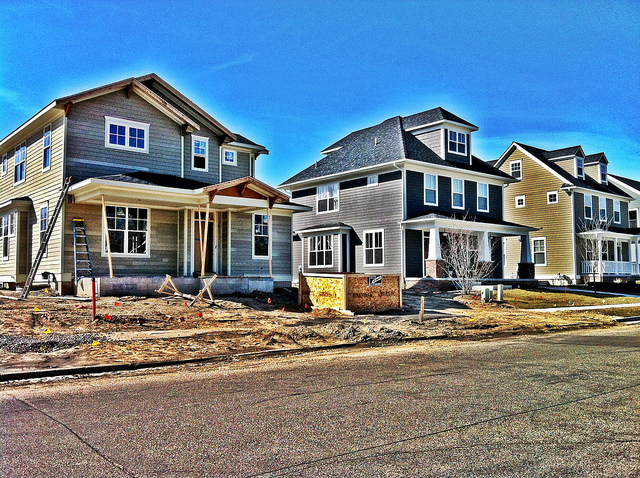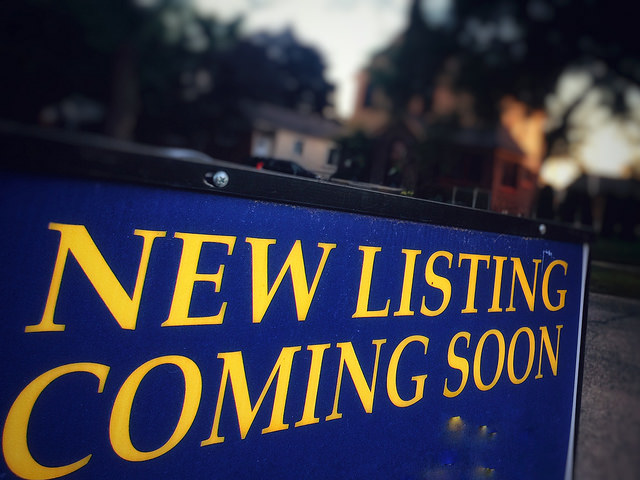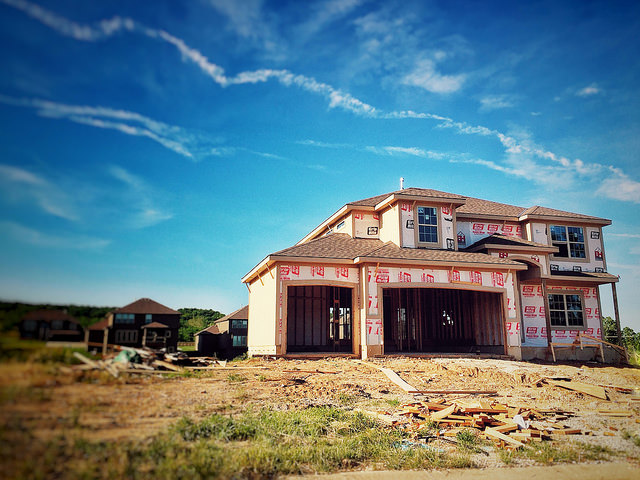The number of new homes being built and sold has become an important indicator for the housing market in recent years. That’s because, a shortage of homes for sale has caused prices to steadily increase. And, since the quickest way to add inventory to any particular market is to build new homes, there has been a lot of focus lately on the new home market and how it impacts home buyers and sellers. According to the latest numbers, last year saw an 8.3 percent increase in new home sales over the year before. That’s good news for real estate, as an increasing number of sales should lead to an increasing number of new homes being built. And, to that end, there were 295,000 new homes for sale at the end of December, which is the highest level since April 2009. In short, if builders continue to build more homes, the increased inventory should help moderate price increases which will make affordability conditions more favorable for the rising number of Americans who say they’re interested in buying a home. More here.













